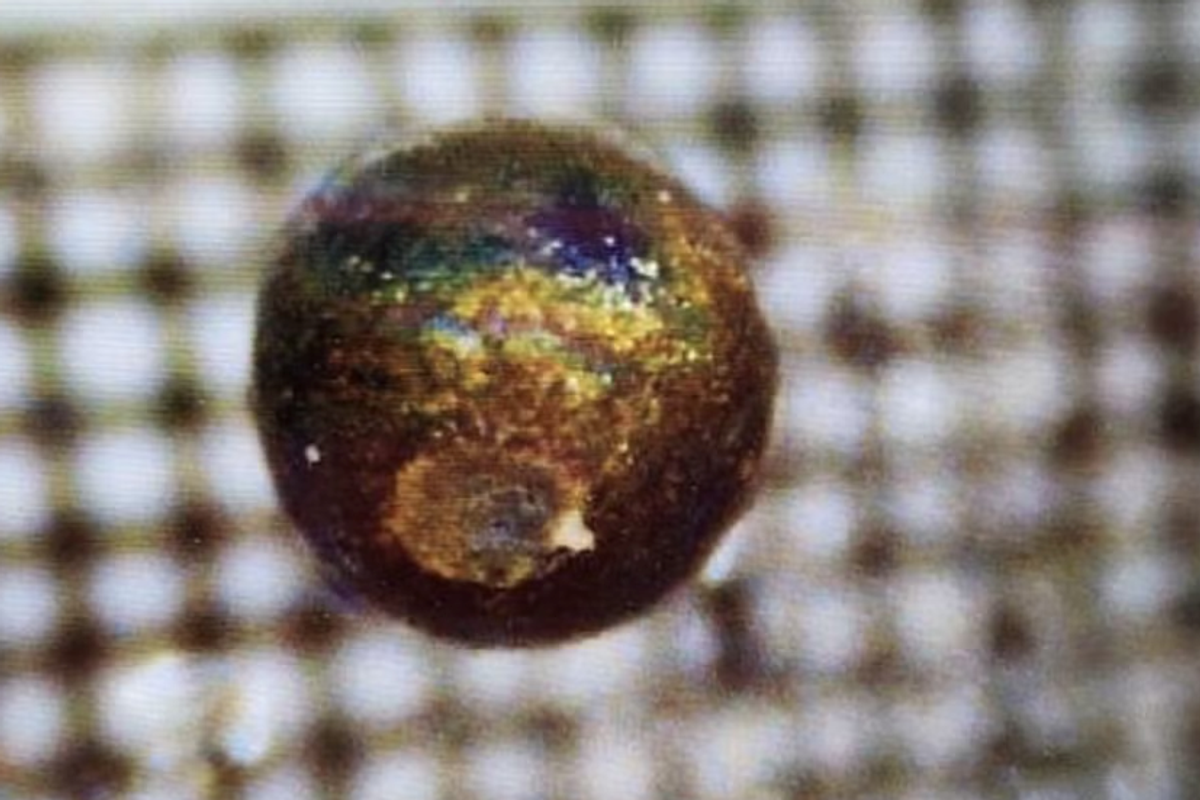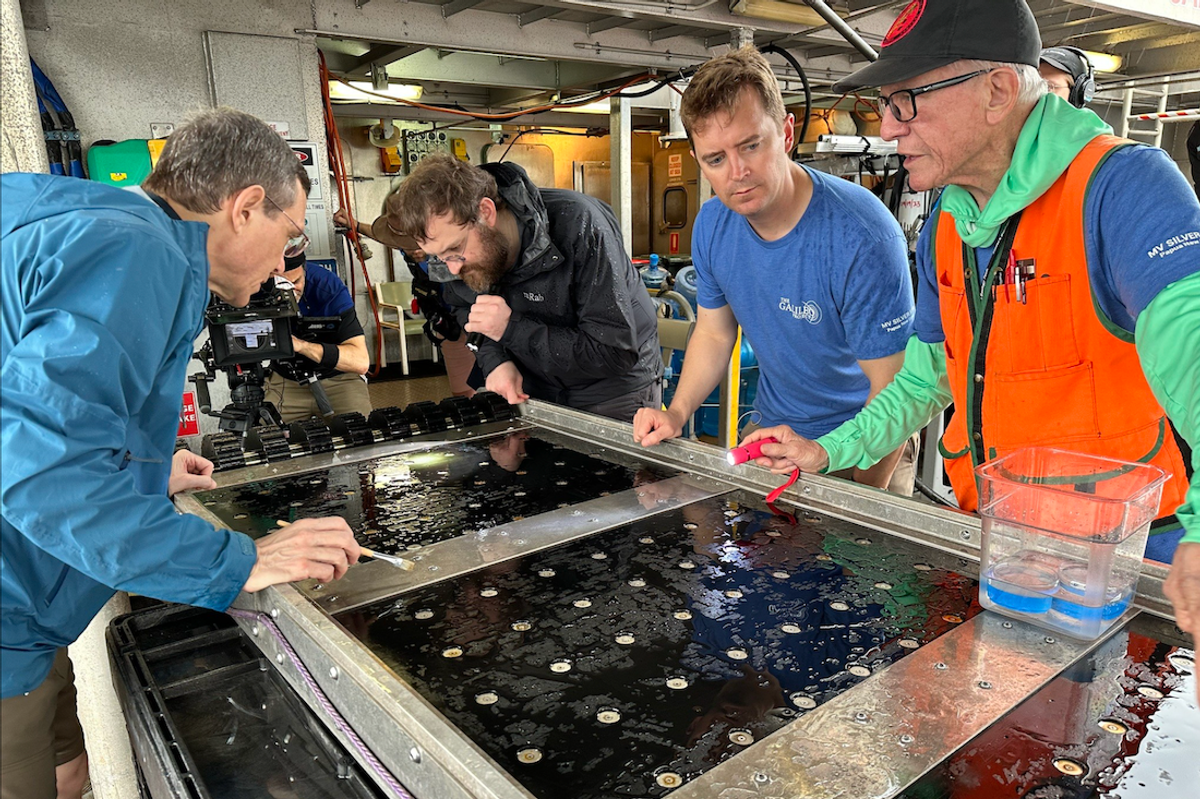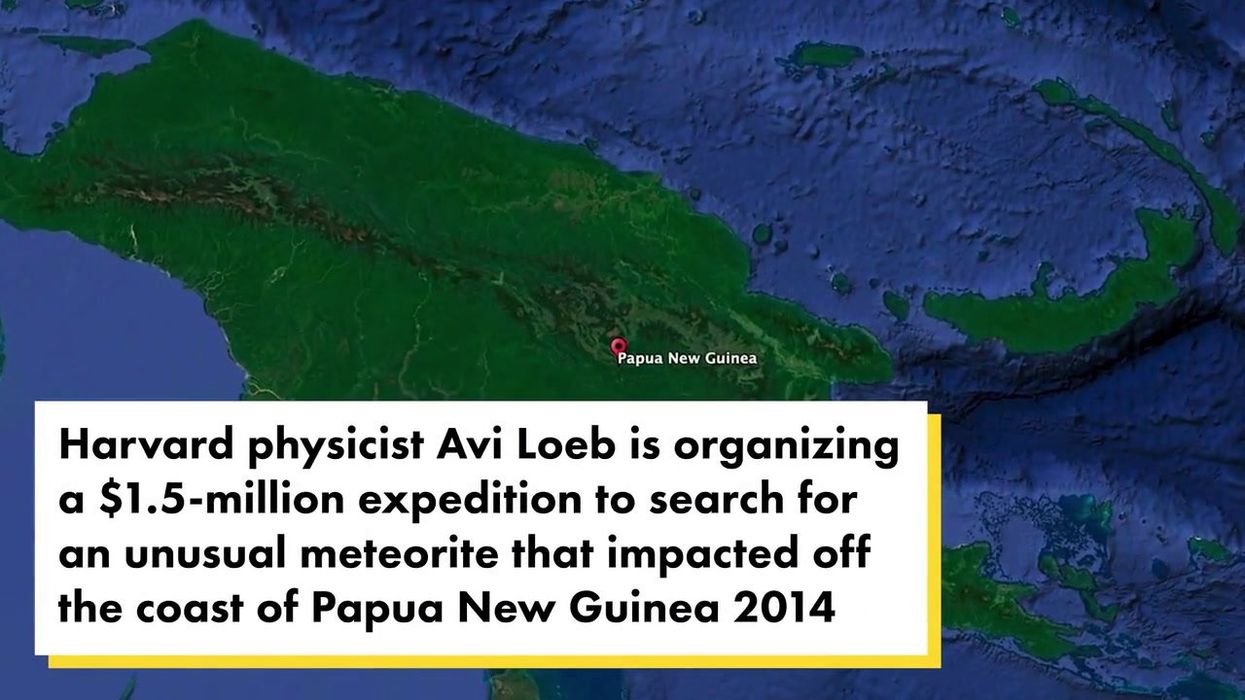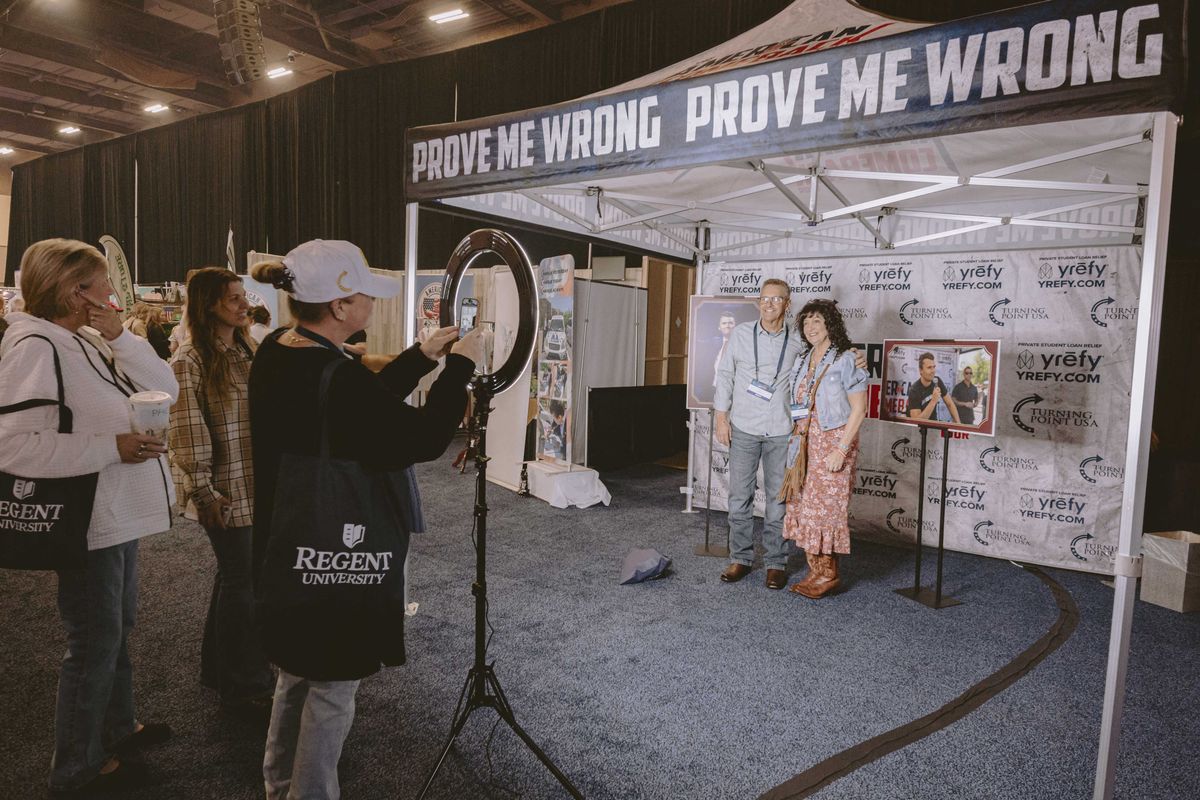Harriet Brewis
Jul 04, 2023
A Harvard Physicist Is Racing to Prove This Meteorite Is an Alien …
content.jwplatform.com
Searching for a needle in a haystack is, famously, a pretty tall order. So imagine what it’s like when that haystack lies at the bottom of the Pacific Ocean.
And yet, that’s precisely what faced astrophysicist Avi Loeb and a tram of divers when a mysterious meteor hurtled to Earth back in January 2014.
Loeb, a professor of science at Harvard University, was convinced that the basketball-sized fireball, which crashed down just off the coast of Papua New Guinea, had come from outside our solar system.
Determined to prove it, he embarked upon a $ 1.5 million, US-government-backed quest to scour the seabed to find it.
And now, finally, his mission has been accomplished.
Sign up for our free Indy100 weekly newsletter
“We got it — material from the first recognised interstellar meteor,” he told The Times. “[It’s] the first time humans have put hands on an object from outside our solar system.”
Indeed, he noted, this world-first find has the potential to be one of the most significant and exciting discoveries ever made.
“We will analyse it, figure out what it’s made of and determine whether it’s natural, or a relic of a probe or a spacecraft,” he explained.
“If it’s natural, we will learn something new about the environment beyond our cosmic backyard. In principle, there’s a chance it could be artificial, in which case the impact on humanity will be far greater.”
Loeb, 61, one of the world’s most renowned and, at times, contentious experts in the search for extraterrestrial life, co-authored a paper back in 2019, positing that the meteor (named IM1) couldn’t have come from within our own solar system, based on its trajectory and speed.

Then, last year, the US Space Command backed their conclusion, and Loeb teamed up with ocean explorer Rob McCallum to launch a search for its molten remains.
To illustrate the significance of this finding, it's worth remembering that no human has ever laid their hands on material from outside our solar system (obviously, plenty of conspiracy theorists would dispute that, but those are the facts as we know them).
Because even though more than 70,000 meteorites have been found on the surface of the Earth, all the space debris we’ve collected comes from our own cosmic neighbourhood, as the BBC notes.
Loeb and McCallum’s EYOS Expeditions team used the world’s first “interstellar hook” – a sort of giant underwater sled decked out with powerful magnets, to collect samples of potential meteor debris.
Over two weeks, they covered more than 175km of search lines at depths of around 2km below the surface, until at last, on 21 June, they found their first “metallic pearl”.

Loeb told The Independent that, in total, the explorers found 50 tiny molten droplets, or spherules, which measure around half a milimetre in size. Indeed, he said, they were so small, he struggled to pick them up even with tweezers.
Under a microscope, they looked “beautiful”, he said, adding: “One of them looked like Earth, many of them look like gold.
“My daughter asked if she can have one for a necklace. And I said that they were too small to thread through.”
The seasoned astronomer said his team examined the spherules under fluorescent X-Ray and found that they are most likely made from a steel-titanium alloy that is much stronger than the iron found in regular meteors.

Loeb described the two-week “pearl”-fishing expedition as the most “exciting [of] his scientific career.”
Stressing the impact of his team’s work, he added: “There is this new opportunity of looking for interstellar debris at the bottom of the ocean.
“And the ocean is sort of like a museum. If it fell in the Sahara Desert, it would have been covered with sand by now. Those tiny droplets fell on the ocean floor, waited for nine and a half years, until our magnet attracted them. This entire story is just amazing.”
Have your say in our news democracy. Click the upvote icon at the top of the page to help raise this article through the indy100 rankings.
Top 100
The Conversation (0)













